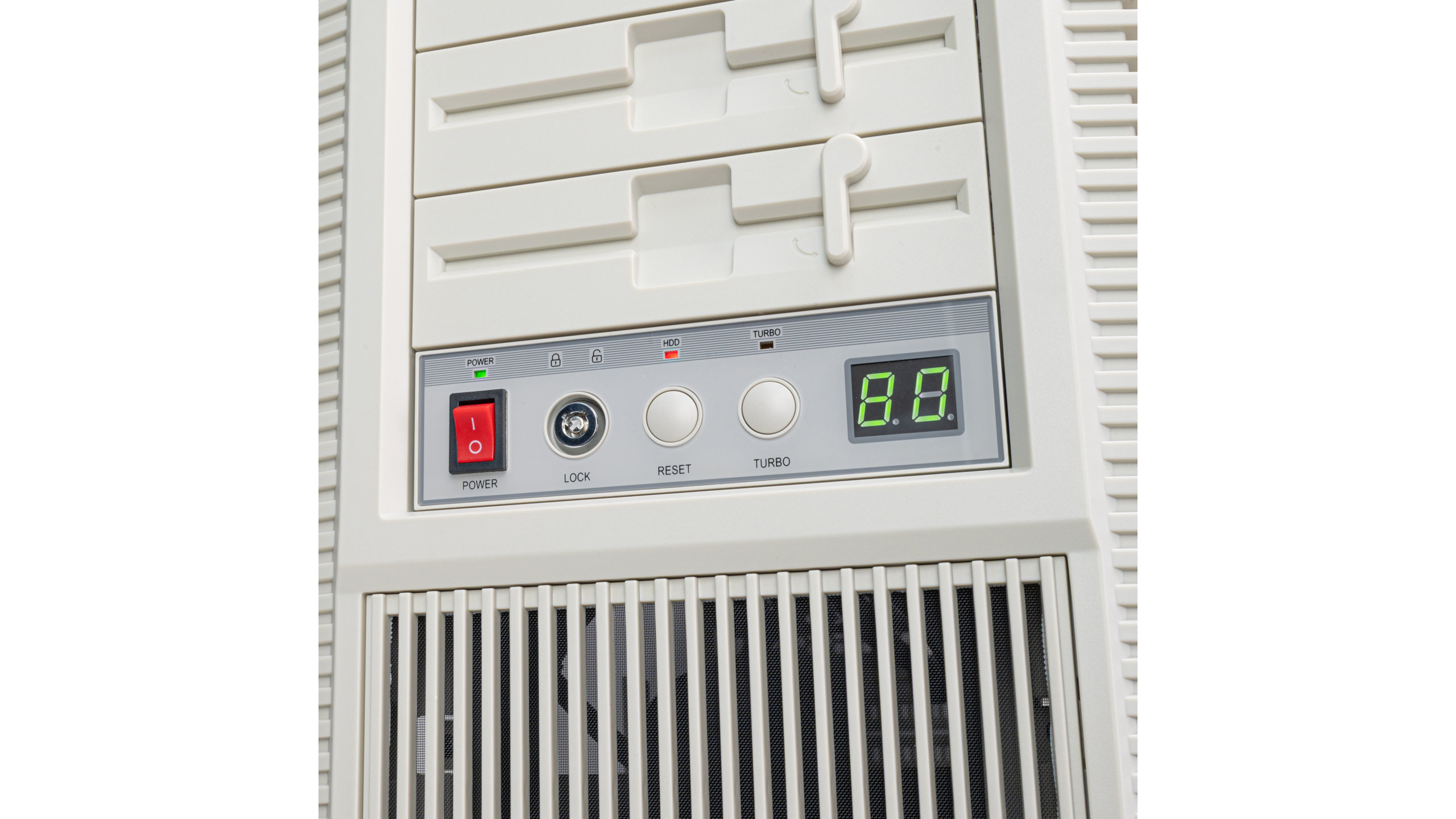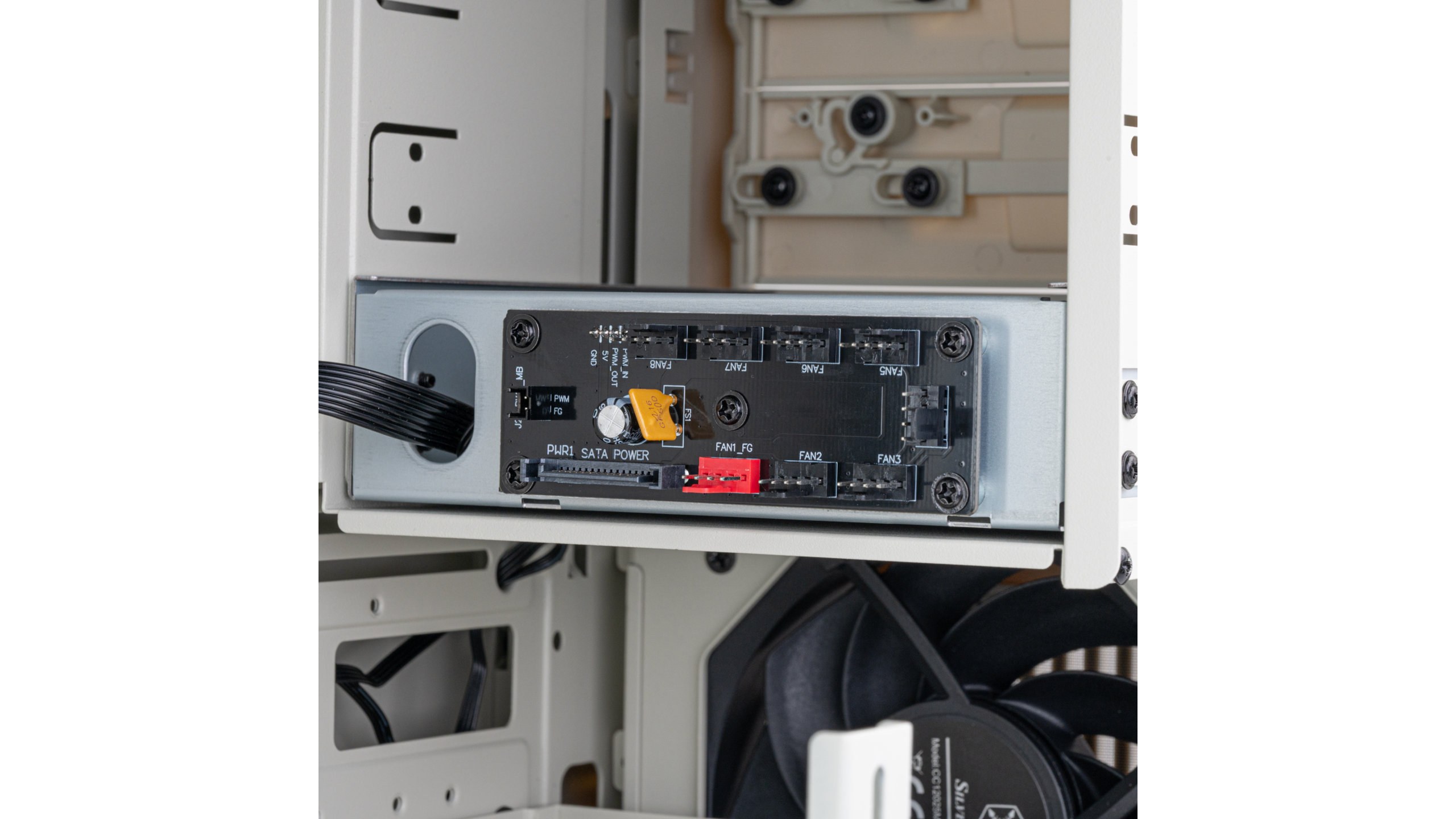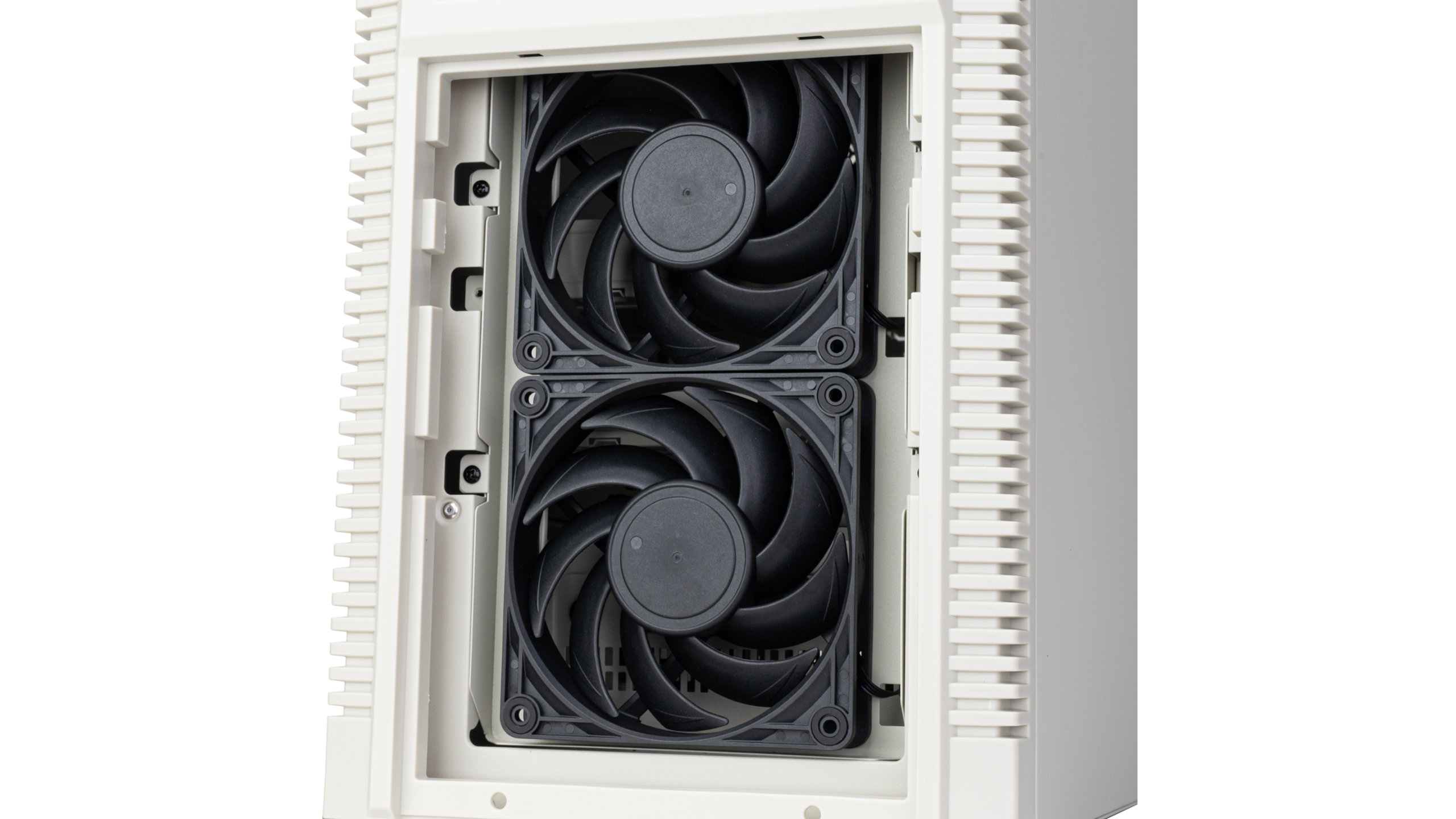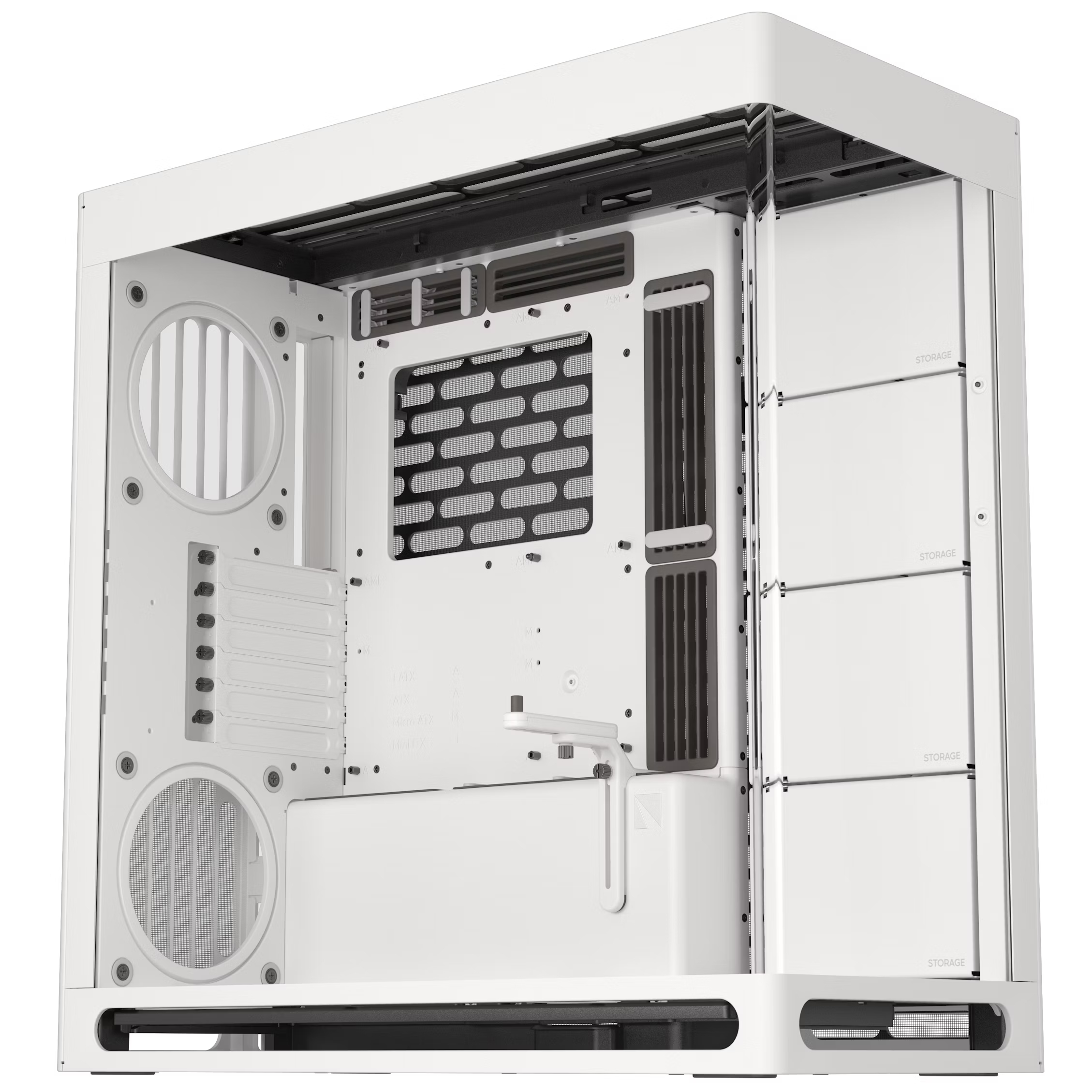The age of beige is back! SilverStone's new case is a glorious nod to PCs of the 1980s and 90s
That turbo button and lock bring back so many memories, though it's a shame the floppies are fake.

You don't have to have lived through a certain era to be a fan of it, but the best retro vibes one can experience are with those that spark the memories you have of those times. If you've been a PC enthusiast for as long as I have, then you'll probably look at SilverStone's new full-tower case with a warm heart and happy, fuzzy feelings.
That's because the SST-FLP02 is as close to a PC case from the late 1980s, early 1990s, as you could possibly get, without trawling through eBay to source a genuine one. We first laid eyes on it back in May, at the annual Computex event, but it's now officially on the market, with an asking price of $240.
I know that's a lot of money to spend on a case, but to be fair to SilverStone, it's a niche product that isn't going to shift in enormous quantities. Low-volume sellers nearly always sport high price tags to make them financially viable for the manufacturer. So what exactly are you getting for your two hundred and forty dollars?
Internally, it's pretty much a standard full-tower case, with room for a 360 mm radiator at the top and space for graphics cards no longer than 386 mm. It comes with two 120 mm fans installed at the front, below the row of buttons in the middle, plus another one at the rear. It's probably not going to win any awards for airflow, though, as the PSU shroud at the bottom is very long.
What it will win at is tugging the heartstrings of PC enthusiasts who remember building rigs in very similar cases, a great many decades ago. You get a nice big red power switch (no push button to power up your rig here), followed by a physical lock to disable the power and reset switches, as well as a famous (infamous?) Turbo button.


Originally, this was used to force CPUs to run slower (yes, I know, very confusing). Intel's processors of the late 1980s, such as the 80486, were speedy beasts, but many apps at the time didn't like that raw clock speed so much. Hitting the turbo button dropped the chip's clock speed right down, making the whole system compatible with older games and programs.
In the case of the SST-FLP02, though, the turbo button boosts the fans to their maximum rpm (kinda the opposite of what it did, I guess). I reckon it would be more useful if it could be used to cycle through some predefined fan speeds, instead of going straight to all-hell-breaking-loose mode. The little LED display next to the turbo button displays the fan's rpm (0 to 100%), if you were wondering.
Keep up to date with the most important stories and the best deals, as picked by the PC Gamer team.
At the top of the front of the case, there are four fake 5.25-inch floppy drives. It's just a door that opens up, but behind it are three real 5.25-inch drive bays. So if you've been hankering for a case that lets you install a couple of optical disk burners or a raft of hot-swappable storage drives, then the SST-FLP02 might just be the case for you.


Naturally, the whole thing is beige in colour, because that was the only choice you had back then. In fact, if it weren't for the likes of Apple and its 'DayGlo' original iMac, we might still be toting monochromatic machines even now. Oh, wait a second, we do. It's just that they're black or white, with glass everywhere.
I have to confess that if I were looking to build a one-off special PC, I'd seriously consider using SilverStone's blast from the past. It would make for an awesome sleeper build, though I dare say jamming an RTX 5090 inside one of these might cause a few problems pertaining to heat. That turbo button would certainly get a workout or two.

1. Best overall: Havn HS 420
2. Best budget: Phanteks G400A
3. Best midrange: Lian Li O11 Vision Compact
4. Best budget compact: Thermaltake S100 TG Snow Edition
5. Best high-end: NZXT H9 Flow RGB+
6. Best Mini-ITX: Fractal Design Terra
7. Best Micro-ATX: NZXT H3 Flow
8. Best full-tower: NZXT H7 Flow
9. Best pink: Hyte Y70
10. Best looking: Phanteks Evolv X2
11. Best for beginners: Be Quiet! Shadow Base 800 FX

Nick, gaming, and computers all first met in the early 1980s. After leaving university, he became a physics and IT teacher and started writing about tech in the late 1990s. That resulted in him working with MadOnion to write the help files for 3DMark and PCMark. After a short stint working at Beyond3D.com, Nick joined Futuremark (MadOnion rebranded) full-time, as editor-in-chief for its PC gaming section, YouGamers. After the site shutdown, he became an engineering and computing lecturer for many years, but missed the writing bug. Cue four years at TechSpot.com covering everything and anything to do with tech and PCs. He freely admits to being far too obsessed with GPUs and open-world grindy RPGs, but who isn't these days?
You must confirm your public display name before commenting
Please logout and then login again, you will then be prompted to enter your display name.

